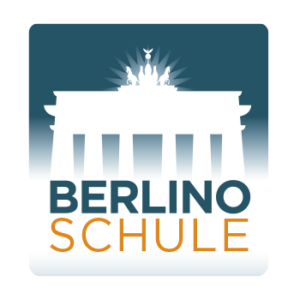Learn how to look beyond images
During the entire duration of the workshop every student will be encouraged to develop a personal idea of photojournalism that will slowly take shape in a true and real project which will be introduced at the end of the meetings.
Questions:
- What is photojournalism?
- Differences between photojournalism and documentary photography
- Basic terminology
When
The Photojournalism Workshop will have a total of 8 lessons.
The meetings will always take place on Tuesdays, from 19:45 to 22.00.
Price
190€
For further information please contact us at info@berlinoschule.com



